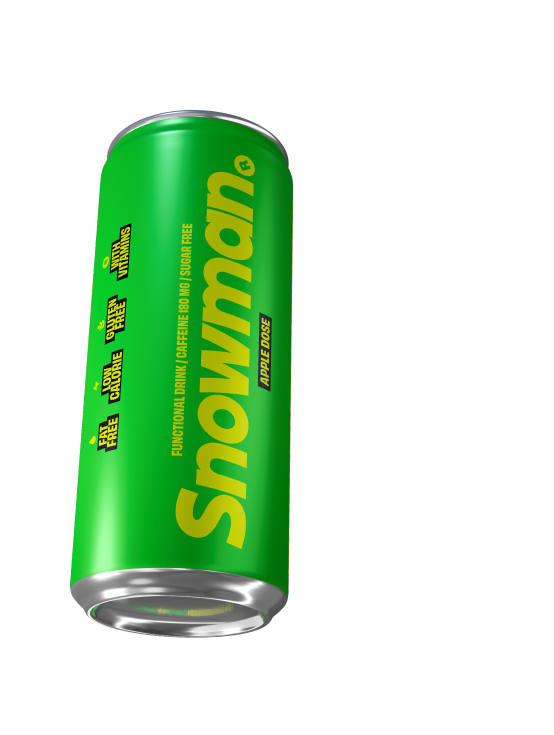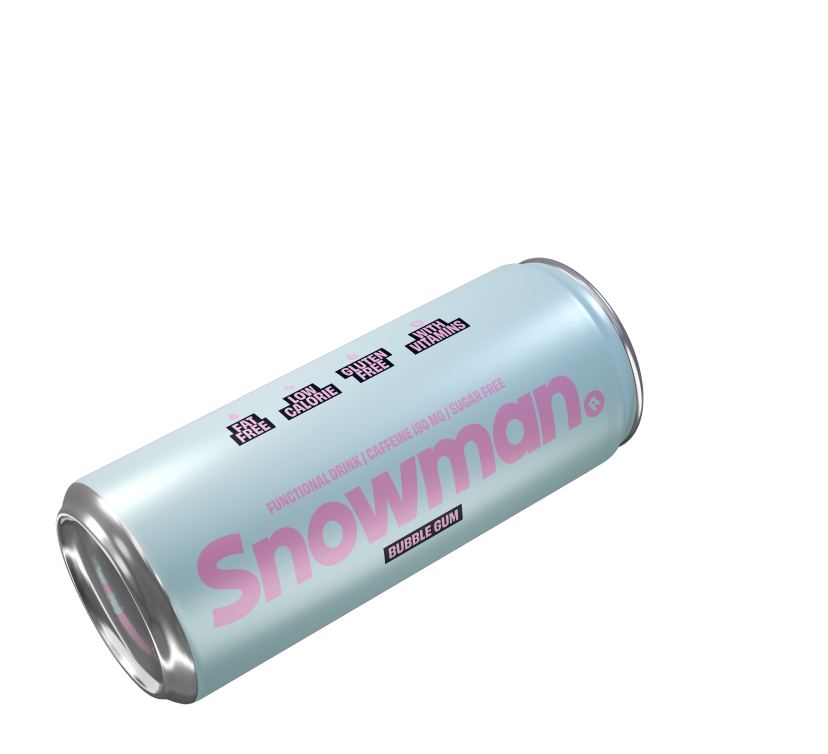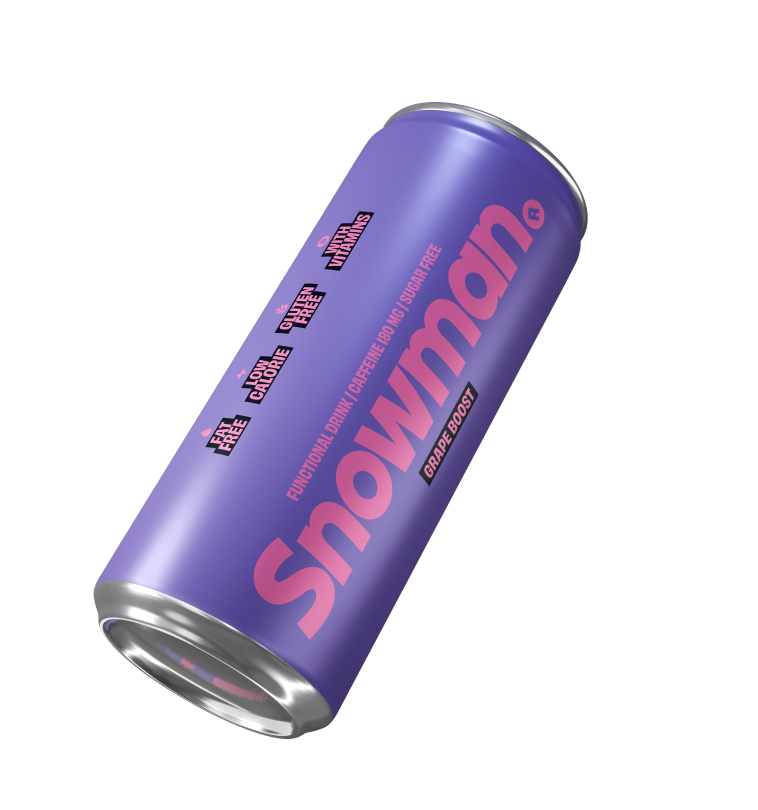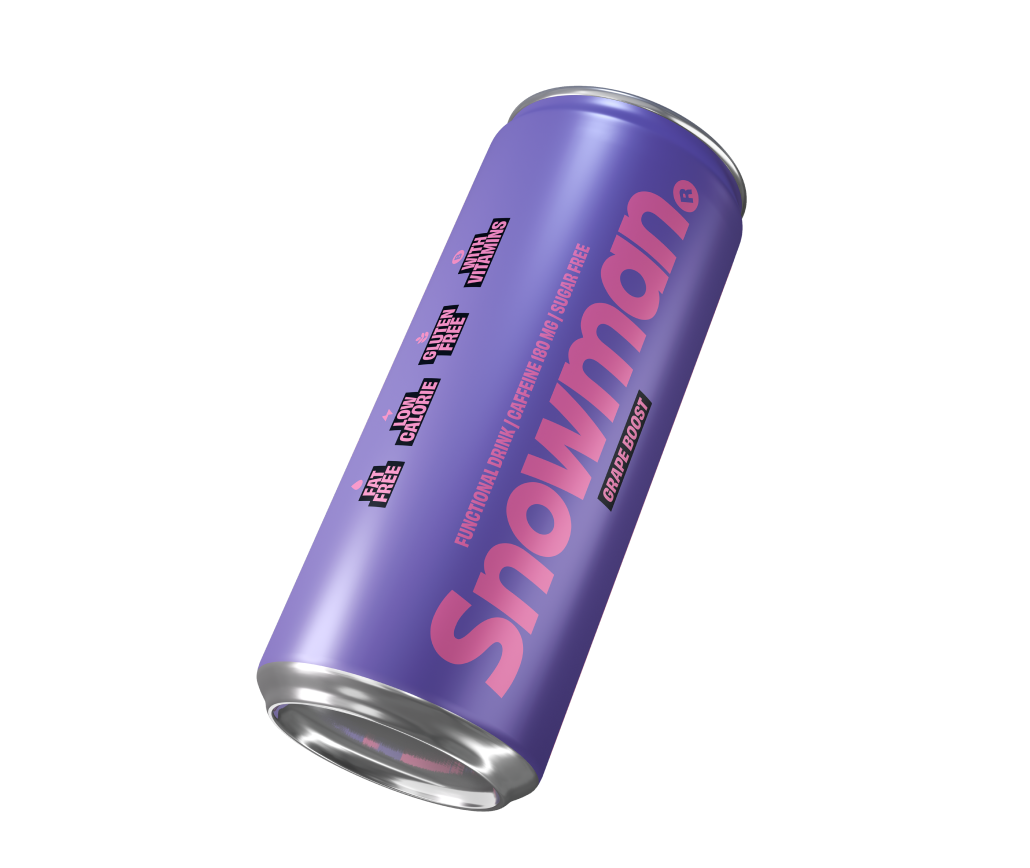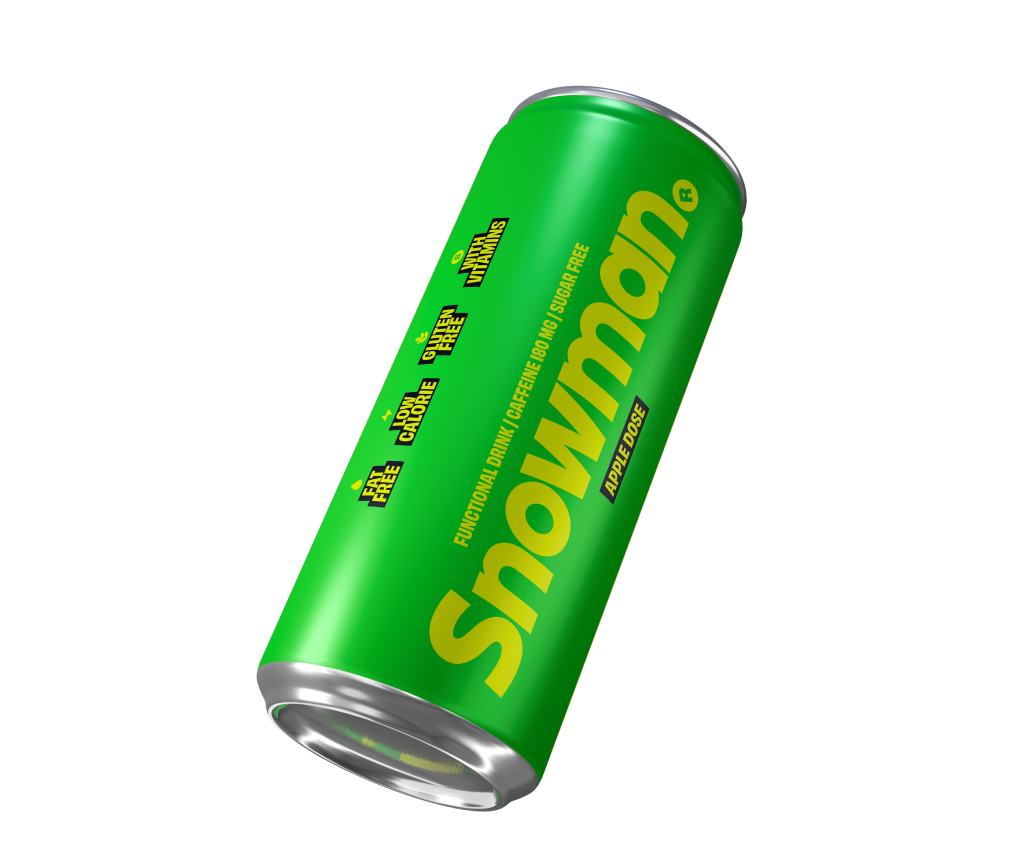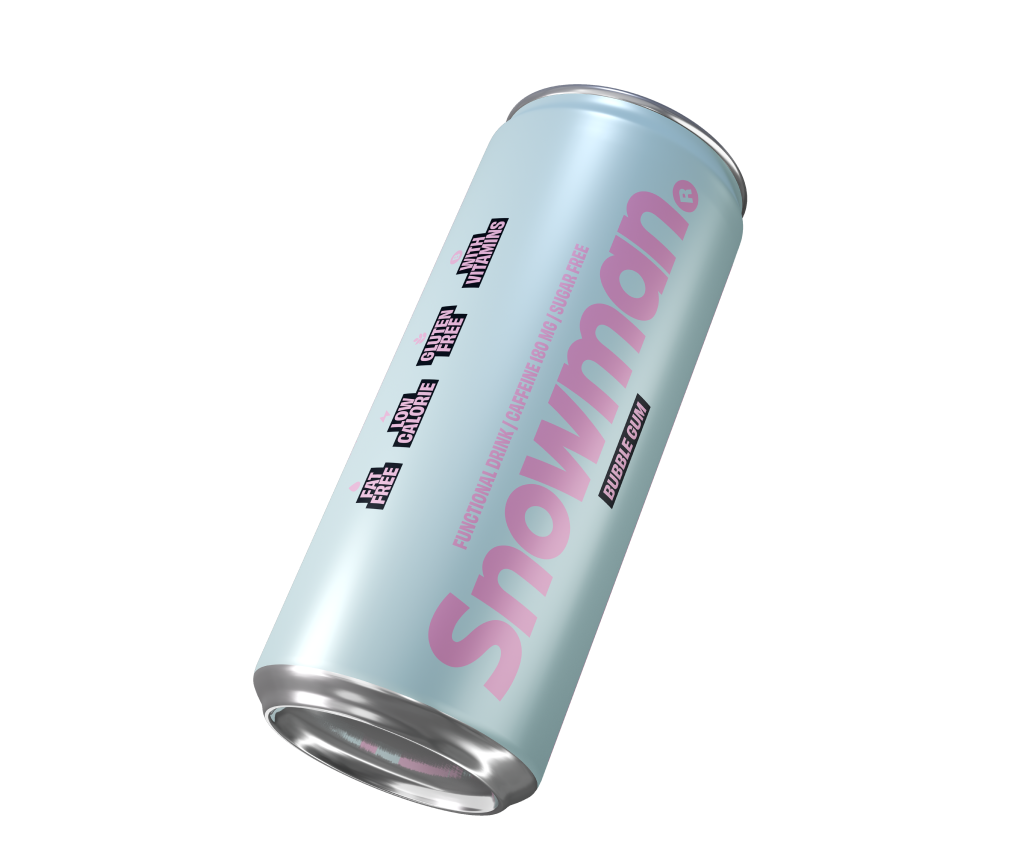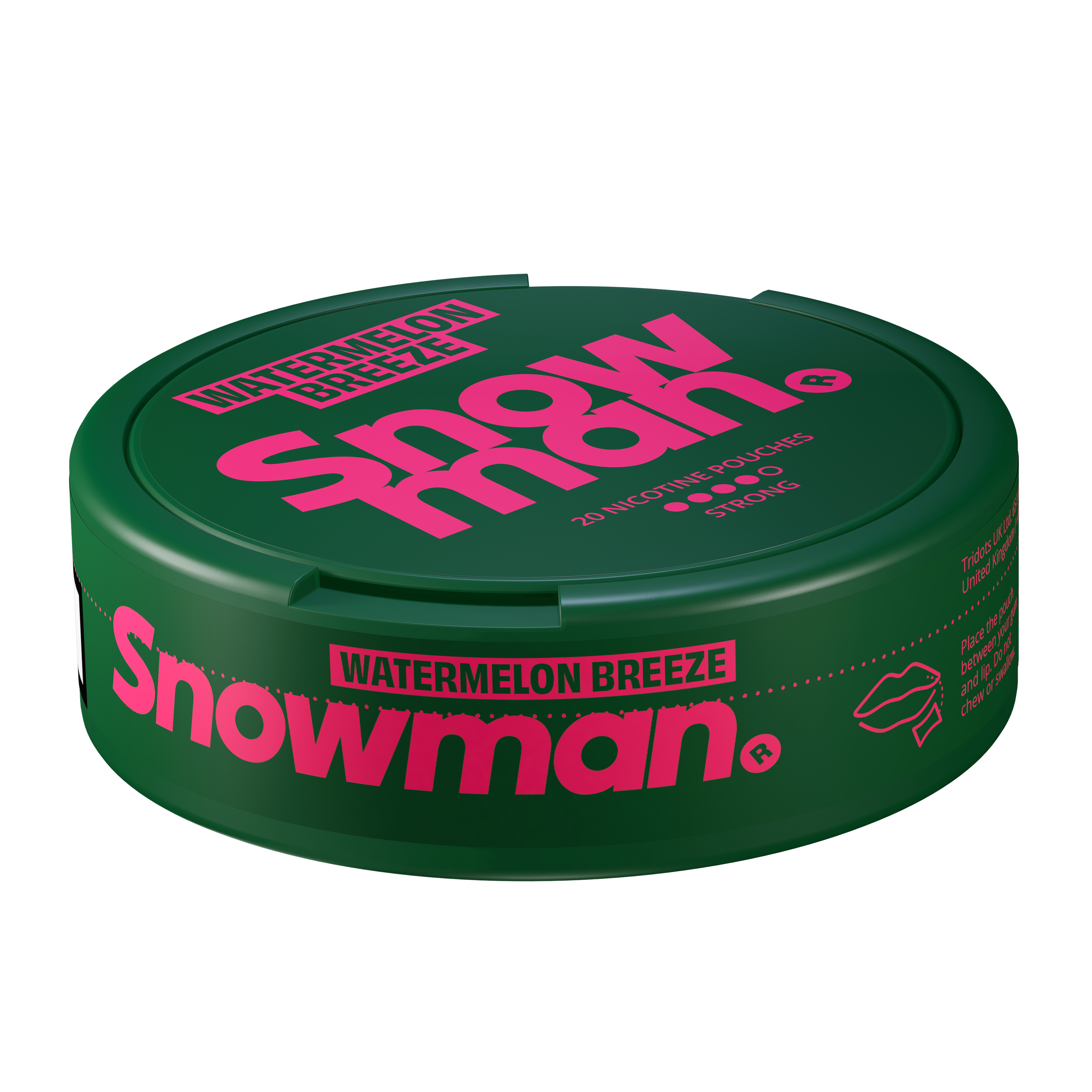
Smoking rates continue to decline globally, while demand for safer nicotine alternatives 2025 rises. Consumers and regulators alike are looking for products that reduce harm, limit inhalation, and discourage youth addiction. In 2025, the nicotine market has expanded well beyond vapes and cigarettes.
Evolution from Smoking to Modern Alternatives
We’ve seen a steady shift:
- Traditional cigarettes—combustion and high health risk
- Vaping—electronic nicotine delivery, inhaled aerosol
- Nicotine pouches—smoke-free oral use
- Emerging tech—precision nasal sprays, wearables, hybrid products
This transition reflects growing health awareness and a preference for discreet, controlled nicotine experiences.
Nicotine Pouches (Including Synthetic Variants)
Nicotine pouches continue to lead innovation:
- Extended-release formulas that last up to 60 minutes per pouch
- Micro‑dosers delivering low‑dose pouches (1–2 mg) ideal for gradual reduction
- Clean-label synthetic nicotine (TFN®) versions with minimal additives and greater purity
These modern pouches focus on consistency, flavor control, and harm reduction potential.
Nicotine Gum, Lozenge, and Chew Innovations
Traditional gum and lozenges have evolved:
- Rapid-release gum dissolves in under 10 minutes
- Disposable dissolvable strips and pouches that dissolve on the tongue
- Combination formulations with herbal flavors and cooling agents
These alternatives minimize chewing and improve discretion in public spaces.
Heated Tobacco Products & Nicotine Inhalers
In 2025:
- Heated tobacco devices (e.g. IQOS-style) exist but face regulatory resistance due to combustion byproduct concerns
- Nicotine inhalers, often prescription-based, deliver aerosol without tobacco—still niche and used mostly in cessation clinics
Nicotine Nasal Sprays and Flavor-Enhanced Lozenges
New micro-dosing nasal sprays and dissolvable lozenges now offer:
- Controlled hits (e.g. 0.5 mg per spray)
- Flavor technologies derived from food science (bitter-blockers, layered tastes)
These appeal to professionals seeking fast relief with discretion.
Biotech & Personalized Delivery
Several experimental approaches include:
- Smart patches with sensors adjusting nicotine delivery automatically
- Wearable devices tied to stress detection or vascular signals
- AI-guided dosing apps recommending when and how much nicotine based on physiology
These aim to minimize overuse and improve quitting prospects over time.
CBD + Nicotine Hybrid Products
Projects combining nicotine with CBD or mild cannabinoids target:
- Altered sensory experiences
- Lower stimulation or anxiety buffering
- Dual appeal in wellness and recreational markets
Not yet mainstream, but gaining traction in regulated markets.
Public Health & Regulatory Trends
Regulators are adapting:
- Bans or limits on flavored nicotine alternatives to curb youth uptake
- Standardized warnings and ingredients transparency
- Stricter approval pathways for new devices—especially inhaleable products
- Youth prevention campaigns tied to harm reduction messaging
Public health bodies continue to emphasize evidence-based regulation.
Youth Trends & Social Media Influence
Trending flavor challenges and influencer marketing now reach teens globally. Viral tastes like cotton candy, bubblegum, and iced fruit have raised alarms. Regulators and platforms are cracking down with:
- Age-verification strictures
- Ban on youth-oriented flavors
- Content takedowns targeting teen exposure
Health & Safety Considerations
Emerging safety concerns in 2025:
- Dual-use remains a risk—using both cigarettes and newer alternatives
- Cardiovascular risks from frequent nicotine dosing
- Unknown long-term oral and metabolic effects of synthetic formulations
Continuous use at high dose remains problematic—even if inhalation is avoided.
Global Market Insights
The nicotine alternatives market is expected to grow by 10–15% annually, with strong demand in:
- North America and Europe: high pouch and gum adoption
- Asia-Pacific: interest in inhalers and nascent heated devices
- Latin America and Africa: growing online penetration and adoption of discreet options
Manufacturers and startups are investing heavily in flavor, form, and regulatory compliance.
Who Should Consider Which Alternative
| User Profile | Recommended Options |
|---|---|
| Current smoker | Micro‑dose pouches, rapid-release gum or lozenges |
| Young professionals | Nasal sprays, low‑strength pouches |
| Vapers seeking switch | Synthetic nicotine pouches or low‑fact gum |
| Recreational users | Hybrid CBD + nicotine products (where legal) |
| Wellness-focused smokers | Biotech patches, tapering micro‑dose kits |
FAQs: Nicotine Alternatives 2025
- Which alternative is safest long-term?
Low-dose pouches and gum under supervised taper use likely pose the least long-term risk. - Are hybrid products like CBD+nicotine regulated?
Most require specific approvals—regulations vary widely. - Can these alternatives help quit smoking?
Yes—used appropriately, they may support harm reduction and cessation. - Are flavored options safe?
Flavor additives may irritate oral tissue—regulatory review varies by country. - Do new products require prescription?
Only some inhalers or nicotine inhaler devices; most pouches and gum are OTC. - Is young teen use rising?
Unfortunately, yes—especially with flavor-heavy pouch and dissolvable lozenge marketing.
Conclusion: What’s Next in Nicotine Alternatives
The future of nicotine alternatives in 2025 is defined by innovation, regulation, and demand for safer experiences. Clean-label synthetic pouches, personalized dosing technologies, and micro-dose lozenges offer potential for reducing smoking harms—but come with the need for responsible use and oversight.
As public health frameworks strengthen and evidence on long-term safety evolves, consumers can expect more transparent, regulated, and user-centered nicotine products that prioritize health without sacrificing experience.
